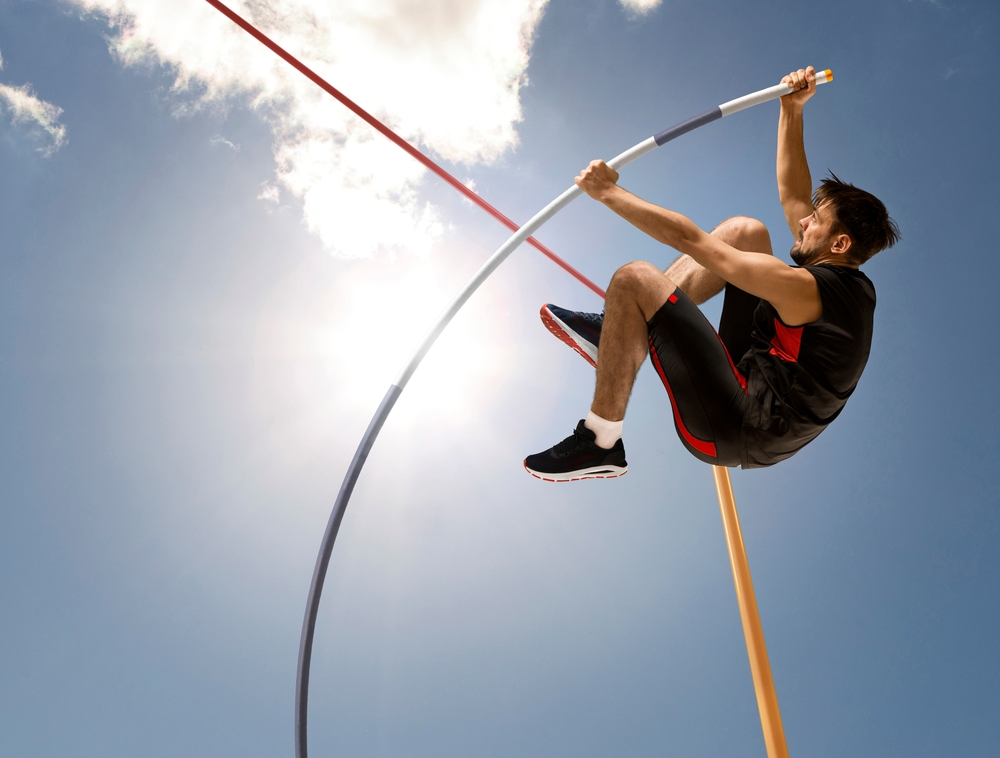How grassroots athletics programs build community engagement
Grassroots athletics programs provide structured opportunities for people of all ages to connect through sport, shared goals, and local events. These initiatives create routines around training and matches while supporting volunteers, coaches, and local venues to strengthen neighborhood ties and public participation.

Grassroots athletics programs act as accessible entry points to sport, bringing together participants, families, volunteers, and local organizations. By offering regular training, informal competition, and social gatherings, these programs create predictable touchpoints where community members interact. Over time, that pattern of shared experience—whether on a practice field, at a weekend match, or during a local event—builds relationships that extend beyond athletics into civic life.
How athletics programs engage communities
Local athletics clubs and community teams often operate from neighborhood parks, school fields, or recreational centers, which helps roots the activity in everyday life. Athletics programming that is inclusive of different ages and abilities depends on clear scheduling, volunteer coordination, and partnerships with local services. These programs attract participants not only through the promise of competition but through accessible training opportunities, supportive coaching, and events that invite families and neighbors to observe and interact.
What role does training and conditioning play?
Regular training and conditioning sessions provide structure that encourages continued participation. When programs emphasize progressive training plans and age-appropriate conditioning, they help participants develop skills and resilience while reducing injury risk. Consistent sessions also create social routines: people plan their weeks around training times, which builds frequent, repeated contact among participants and volunteers and strengthens social bonds.
Structured training can be adapted to different fitness levels and objectives, from basic skill acquisition for youth to conditioning for amateur competitors. Offering varied sessions—fitness drills, technical work, and recovery practices—keeps programming relevant across life stages and motivations.
How do coaching and tactics foster inclusion?
Coaching is a key human touchpoint in grassroots athletics. Coaches who focus on skill progression, personal development, and clear communication create environments where participants feel valued. Teaching basic tactics and game understanding helps newcomers feel competent in matches and events, while positive coaching practices encourage fairness and respect among teammates and opponents.
Volunteer coaches often come from the community itself, which generates trust and shared expectations. Training programs for coaches—covering safe practice planning, youth safeguarding, and inclusive tactics—reinforce quality across programs and help sustain engagement.
How competition and events connect people
Organized competition, whether friendly matches or local tournaments, gives communities shared milestones to rally around. Events attract not just athletes but families, friends, and local businesses. Matches function as social gatherings where people exchange support, build routines around attendance, and develop a local fanbase.
Beyond the competitive element, events can include related activities—skills clinics, food stalls, or volunteer-led workshops—that expand appeal and provide more opportunities for members of the community to get involved even if they are not active athletes.
How performance, fitness, and nutrition support participants
Programs that incorporate basic education on performance, fitness, and nutrition help participants progress safely and sustainably. Simple, evidence-based guidance on conditioning and recovery can improve participant experience and retention by reducing burnout and injury. Community sessions that cover hydration, balanced meals, and sleep hygiene make athletics more accessible to families who may lack tailored support.
Linking clubs with local health services or offering occasional workshops can raise awareness of healthy practices while keeping information practical and applicable to everyday routines.
How analytics, broadcast, and fanbase grow visibility
Even at grassroots level, basic analytics—such as tracking attendance, match results, or participation trends—can help organizers make better decisions about scheduling, resource allocation, and program design. Light-weight broadcast approaches, like live social media updates or match highlights, increase visibility and help grow a local fanbase without requiring large budgets.
When communities see and share stories from training, matches, or athlete development, a sense of local pride often follows. That visibility encourages new participants and volunteers, supports partnerships with schools and businesses, and helps secure access to facilities that sustain programming.
Conclusion
Grassroots athletics programs strengthen community engagement by combining structured training, inclusive coaching, accessible competition, and practical support for performance and wellbeing. Through recurring activities and public events, these programs create social infrastructure: predictable spaces for people to meet, collaborate, and celebrate local achievement. Over time, that infrastructure supports healthier lifestyles, civic connection, and a resilient community fabric without relying on high-cost investments or elite-level resources.





